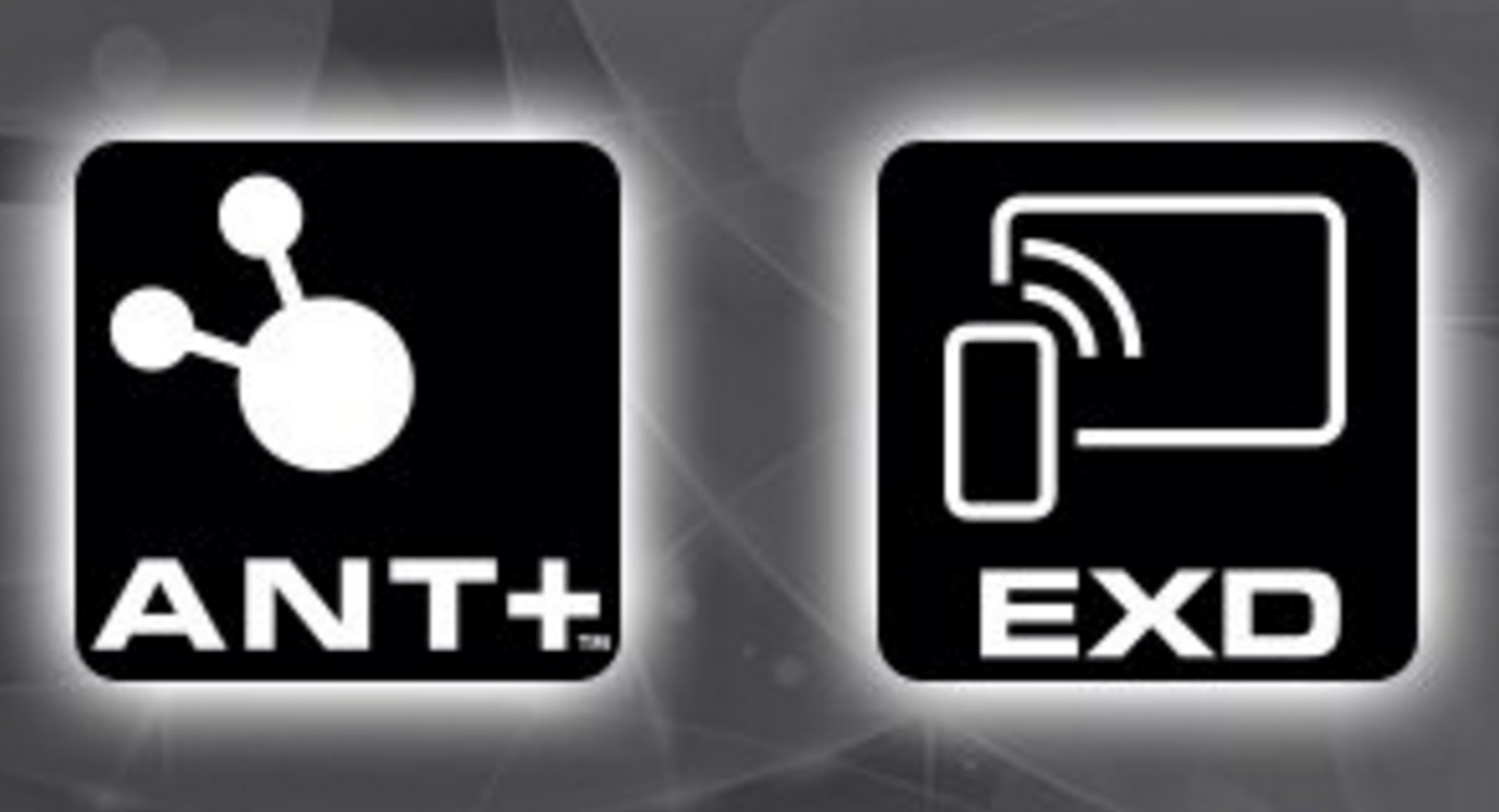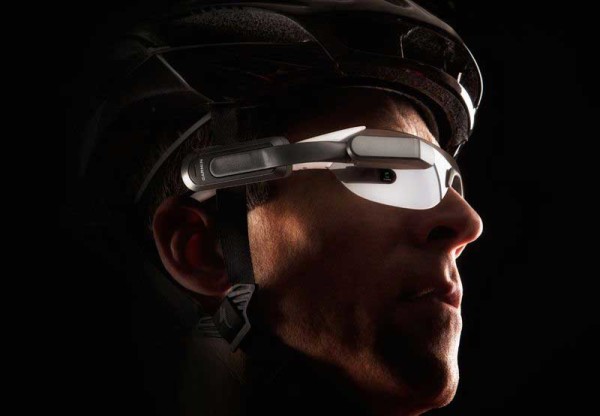ANT has just developed the first ever universal wireless profile standard that defines communications between a fitness device and an extended display. That is a pretty important step with the recent introduction of compact heads-up displays like Garmin’s Varia Vision and many others. Just like with the typical ANT+ protocol, a set standard of communication is needed to ensure compatibility between different manufacturers and with the current tech we already own. The ANT+ Extended Display profile (EXD) will undoubtedly be a major contender based on their might and existing position in the industry.
Check out how it works and what it will do after the break…
Just like ANT+, the new EXD communication profile will be available to all protocol Alliance members (companies dedicated to using the technology and working together to maintain a standardized set of values with their ANT+ compatible devices). For us tech users, that means there is now a standardized protocol for all of our current ANT+ devices to work with the upcoming crop of heads-up displays. ANT+ EXD even allows users to configure what gets displayed on the display.
This may sound way too techy of a thing for many of us simpletons to add to our ride, but as I’ve experienced using the Garmin Varia Radar, my ride actually became more relaxing after getting used to the new functionality. I imagine a heads up device would better that, by keeping me from even having to look down at bars. Now for those that can’t wait to become the next Tony Stark, things like seeing your stats without having to take your eyes off the road is just safer. Turn by turn GPS navigation on the bike via a bar mounted device is just plain tricky and this could improve that experience significantly.
Here is it in a nut shell…
• Data Streaming: Data from a user’s main device (e.g., fitness watches, bike computers, etc.) is streamed to an extended display (e.g., a heads-up display) allowing the user to check performance metrics and navigation without having to take their eyes away from their activity.
• Custom Configuration: Users can configure exactly which data fields are displayed on their extended display from their central fitness device.
• Alerts and Notifications: The user’s main device can send notifications (upcoming navigation directions, phone alerts, work out alerts, etc.) to their extended display.
We can’t wait to get our hands on it to see how it works…

